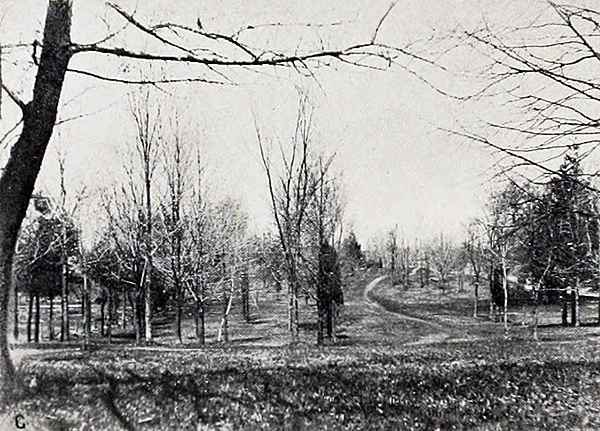Very little is known about this home’s history. Its claim to fame occurred in the mid-1700s when a Doctor Mitchell lived here. He is such an obscure figure that even his first name and his wife’s name seem to have been forgotten. Their daughter, Lettice, however, will always be remembered in Portsmouth for the scandal she caused.
You can see her portrait on the website of the Brooklyn Museum in New York. She was a beautiful, vivacious, social climber who attracted all of the young gentlemen in town.
 |
| Buckminster House |
promised to give them the Buckminster House on Islington Street as a wedding present.
 Unfortunately, Nathaniel suffered from ill health. He left Portsmouth for a short while to travel abroad, hoping that the European spas could restore his vitality.
Unfortunately, Nathaniel suffered from ill health. He left Portsmouth for a short while to travel abroad, hoping that the European spas could restore his vitality.While he was away, his lovely fiancée caught the eye of Wyseman Clagett, an impressive newcomer with the title of King’s Attorney for the province of New Hampshire. Lettice’s mother persuaded her daughter that Wyseman was a better catch than Nathaniel. Despite Lettice’s misgivings, she married Wyseman Clagett in 1759.
When Nathaniel returned to Portsmouth and found his fiancée married to another, his health continued to decline. He died soon after, supposedly of a broken heart.
At the time of their marriage, Lettice was eighteen years old and Wyseman was thirty-eight. Mr. and Mrs. Clagett first lived in Noah’s Ark on Daniel Street. When fire severely damaged that home in 1761, they moved to the Leavitt House on Congress Street and later to a large estate in Litchfield. The couple had eight children, but Lettice did not live happily ever after. Her mother’s choice for a husband was a harsh taskmaster with a fiery temper. Lettice endured twenty-five years of hardship until Wyseman died in 1784.
After six years of widowhood, Lettice married Simon McQuesten and died in Bedford, NH at the age of eighty-five.
The old photograph was taken around 1902. Since then, the two chimneys have been replaced by a single, central chimney. The most recognizable feature is the addition with a doorway on the right side of the house.
Doctor Mitchell's front lawn has been replaced by a widened South Street.






































